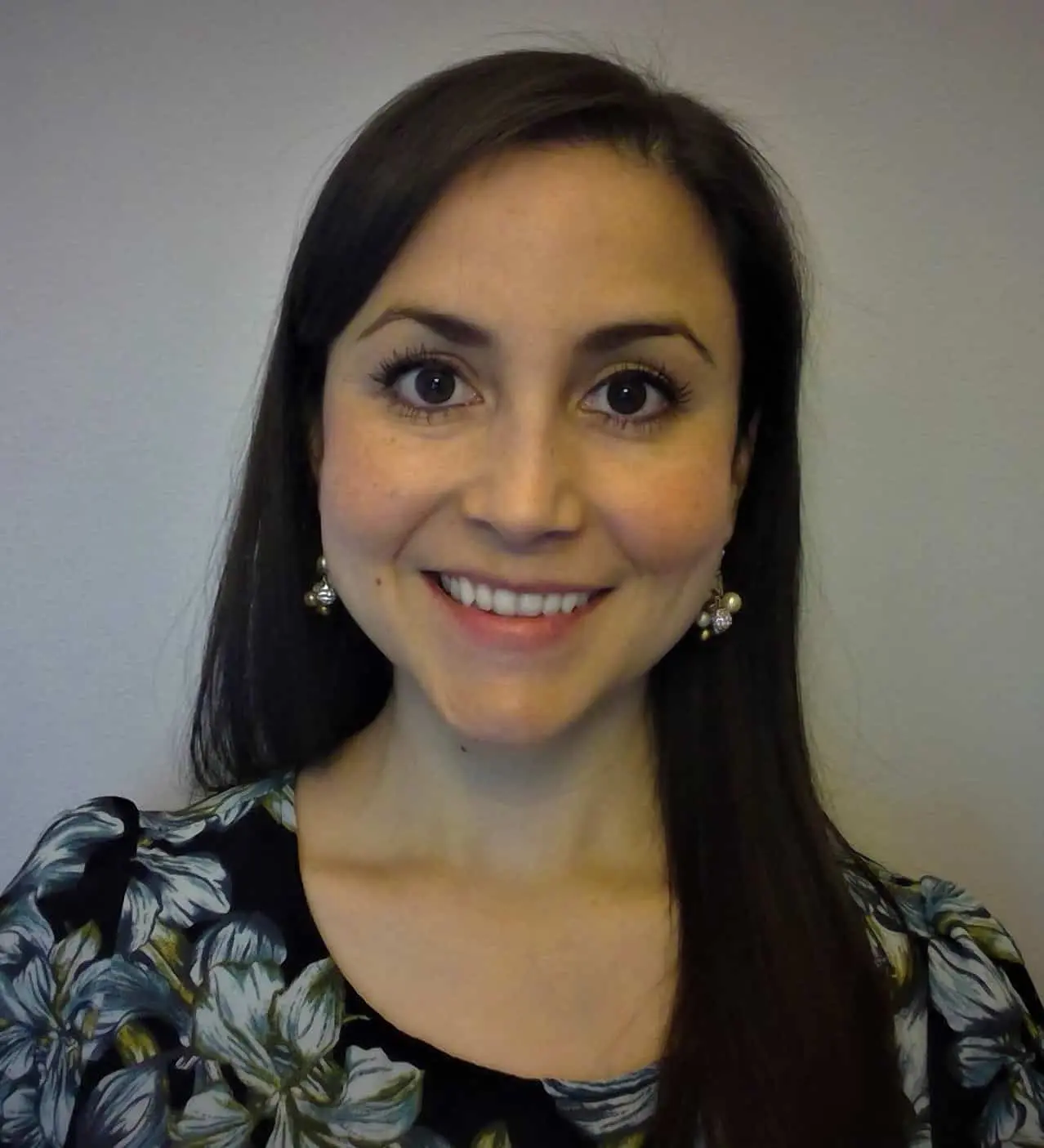Margaret Dominguez, PhD
Optical Engineer, NASA Goddard Space Flight Center
Dr. Margaret Dominguez is an Optical Engineer at NASA Goddard Space Flight Center since 2008. She earned her B.S in Physics from the Universidad de las Americas Puebla in Mexico and her M.S. and Ph.D. in Optical Sciences from the University of Arizona. Margaret has conducted optical design, alignment and metrology on the ground support equipment for the James Webb Space Telescope.
Most recently, Margaret Dominguez has been working on the Roman Space Telescope; where she is the test lead of the grism (grating prism) component, a slitless spectrograph on board the Wide Field Instrument. It will survey emission-line galaxies one million miles away from our planet, with a scheduled launch in 2027. She is also a research associate at the National Institute of Standards and Technology (NIST).
Her hobbies include doing outreach to teach others about optics and the important work done at NASA. She has been invited to give both outreach and technical talks in the United States, Mexico, Spain and Peru to share her passion for science, technology, engineering and math (STEM) and to help recruit more people into STEM. As part of this educational outreach effort, she was selected to be a TECHNOLOchica and participant of Latina SciGirls, programs funded by PBS, NSF, Univision TV network and the National Center for Women & Information Technology. These are initiatives designed to raise awareness among young Latinas and their families in museums, science centers and schools about opportunities and careers in STEM. Margaret is also a STEM advisory board member at the Children’s Science Center at Fairfax Virginia. Most recently she was selected to be a 2021 OPTICA (formerly Optical Society or OSA) ambassador and the winner of the NASA Diversity, Equity and Inclusion medal award.
She enjoys traveling and when she is not at NASA, she teaches Jazzercise (dance fitness exercise), watches movies and goes for walks with her husband, who is also an Optical Engineer at NASA Goddard.

